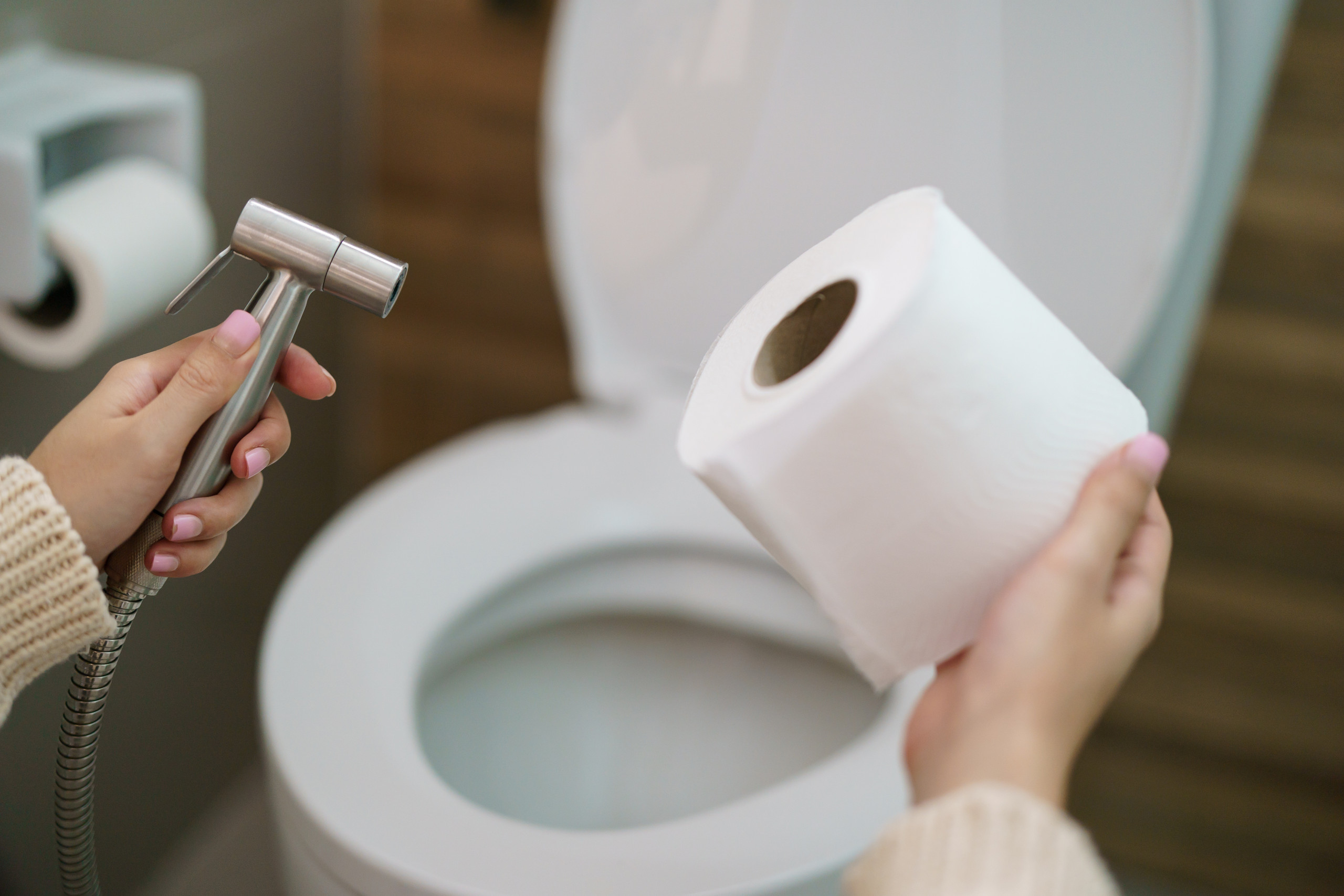13 min read
Have you ever wondered where the bidet came from and why it became so popular in Europe? Understanding the history of bidets in Europe can change the way you think about personal hygiene.
This story is full of surprising twists and cultural shifts that might just inspire you to rethink your bathroom habits. If you want to discover how a simple bathroom fixture evolved and why it remains a staple in many European homes, keep reading.
Your curiosity about this everyday object is about to be rewarded.

Credit: premierbidets.com
Early Beginnings
Bidets have a long history in Europe. They started as simple tools for personal hygiene.
Their early use shows how people cared about cleanliness in daily life.
Ancient Hygiene Practices
Before bidets, many cultures used water for cleaning after using the toilet. People often used sponges, cloths, or their hands.
In Europe, washing with water was common in ancient Rome and Greece. Public baths were places for cleaning and socializing.
- Romans used water and sponges on sticks
- Greeks bathed regularly in public baths
- Water was seen as a way to stay clean and healthy
First Bidet Appearances
The first bidets appeared in France in the late 1600s. They looked like small basins on legs.
People filled the basin with water and used it to wash their private parts. The bidet was a private hygiene tool for the wealthy.
- Bidets were placed in bedrooms or dressing rooms
- They were made from wood or porcelain
- Used mainly by upper-class families

Credit: magazine.ceramicaflaminia.it
Bidets In 17th Century France
The bidet first appeared in France during the 1600s. It became popular among the upper class for personal hygiene.
This small basin helped people clean themselves after using the toilet. It was a new way to stay fresh and clean.
Noble Adoption
French nobles quickly began using bidets in their homes. They saw bidets as a sign of luxury and cleanliness.
Many noble families had special rooms or cabinets for their bidets. These items were often made from fine materials.
- Used mainly by women for personal care
- Seen as a private and elegant hygiene tool
- Included in bedroom or dressing room furniture
Design And Function
Early bidets were wooden or ceramic basins on low stands. They were easy to move and use in private spaces.
The bidet was filled with water by hand. Users would clean themselves by sitting or straddling the basin.
- Small, low to the ground for comfort
- Made from wood, porcelain, or ceramic
- Simple design focused on personal use
- Water poured in before use, no plumbing
Expansion Across Europe
The bidet started in France and quickly spread to other European countries. People liked its use for personal hygiene.
Each country added its own style and customs to the bidet. This helped it become popular across Europe.
Italy And Spain Influence
Italy and Spain embraced the bidet early. It became a common bathroom fixture in homes.
In Italy, the bidet is seen as a daily necessity. Spanish homes often combine the bidet with modern designs.
- Italy made bidets part of family life
- Spain added stylish and modern models
- Both countries use bidets for cleanliness and comfort
British And German Reception
The British were slower to accept the bidet. It was seen as unusual at first.
Germans appreciated the bidet for hygiene but kept traditional bathrooms. Use grew mainly in hotels and luxury homes.
- Britain viewed bidets as uncommon for years
- Germany accepted bidets in upscale places
- Both countries show growing interest today
Technological Advances
Bidets have changed a lot in Europe over time. New technology made them easier to use and install.
These advances helped bidets become more popular in homes and public places.
Plumbing Integration
Early bidets needed separate plumbing. This made installation hard and expensive.
Modern bidets connect directly to existing toilet plumbing. This saves space and cost.
- Easy connection to water supply
- Use of valves to control water flow
- Improved drainage systems
- Compact designs fit small bathrooms
Electric Bidet Innovations
Electric bidets added new features that improve comfort. They use electricity to control water temperature and pressure.
Some models include heated seats and air dryers. These make the experience more pleasant and hygienic.
- Warm water spray with adjustable temperature
- Heated toilet seats for cold weather
- Air dryers to reduce toilet paper use
- Remote controls for easy operation
Cultural Attitudes And Usage
Bidets have a long history in Europe. They show different cultural attitudes and habits.
Many Europeans see bidets as a normal part of bathroom hygiene. Their use reflects social norms and views.
Social Norms And Acceptance
In Southern Europe, bidets are common in most homes. People use them daily for cleanliness.
In Northern Europe, bidets are less common. Some see them as unusual or unnecessary.
- Bidet use is linked to personal hygiene habits.
- Older generations tend to accept bidets more.
- Younger people may prefer modern alternatives.
- Religious and cultural backgrounds affect acceptance.
Modern Perceptions
Today, bidets are gaining interest in parts of Europe. People see them as hygienic and eco-friendly.
New designs and electric bidets add convenience. This helps change old views and increase use.
- Modern bidets use less water than toilet paper.
- They offer better cleanliness and comfort.
- Some see bidets as a luxury item.
- Public places slowly start adding bidet options.
Bidets In Contemporary Europe
Bidets have been a part of European bathrooms for centuries. Today, they remain popular in many countries across Europe.
Modern European homes use bidets in different ways. They combine tradition with new designs and technology.
Design Trends
Bidet designs now focus on space-saving and style. Many models fit small bathrooms easily.
Colors and shapes match modern bathroom decor. Some bidets have sleek, minimalist looks.
- Wall-mounted bidets save floor space
- Integrated bidet-toilet combos are common
- Soft-close seats and simple controls are popular
- Materials include ceramic, glass, and metal finishes
Environmental Impact
Bidets help reduce toilet paper use in Europe. This lowers waste and saves trees.
Water use by bidets is often less than the water needed to make toilet paper. This makes them eco-friendly.
- Less toilet paper means less waste in landfills
- Bidets use clean water directly for hygiene
- Modern bidets have water-saving features
- Many users report feeling cleaner with less product use

Credit: bidetmate.com
Frequently Asked Questions
When Were Bidets First Used In Europe?
Bidets first appeared in Europe in the late 17th century. They originated in France as a personal hygiene device. Early models were portable and placed near the bed. Over time, bidets became common in European bathrooms, symbolizing cleanliness and luxury.
Why Did Bidets Become Popular In Europe?
Bidets gained popularity in Europe due to hygiene and comfort. Europeans valued cleanliness, especially in the 18th and 19th centuries. The bidet offered a practical way to maintain personal hygiene. Its use spread across wealthy households and eventually to the middle class.
How Did Bidet Designs Evolve In Europe?
European bidet designs evolved from simple basins to built-in fixtures. Early bidets were standalone units made of wood or porcelain. Modern designs integrated plumbing and improved water control. Innovations included heated seats and adjustable sprays for enhanced comfort.
Which European Countries Use Bidets The Most?
Italy, France, Portugal, and Spain lead in bidet usage. These countries consider bidets essential in most homes. Cultural emphasis on hygiene and tradition supports bidet popularity. In contrast, bidets are less common in Northern Europe.
Conclusion
Bidets have a rich history in Europe. From luxury to daily necessity, their journey is fascinating. They began in France in the 1600s. Soon, they spread across Europe. Now, they symbolize hygiene and comfort. Many Europeans prefer them over toilet paper.
Modern designs make them more appealing. They offer eco-friendly benefits too. Water usage is lower than toilet paper production. Bidets continue to evolve today. Their history shows cultural and technological shifts. They reflect changing values in cleanliness and sustainability. A testament to Europe’s enduring commitment to personal care.

